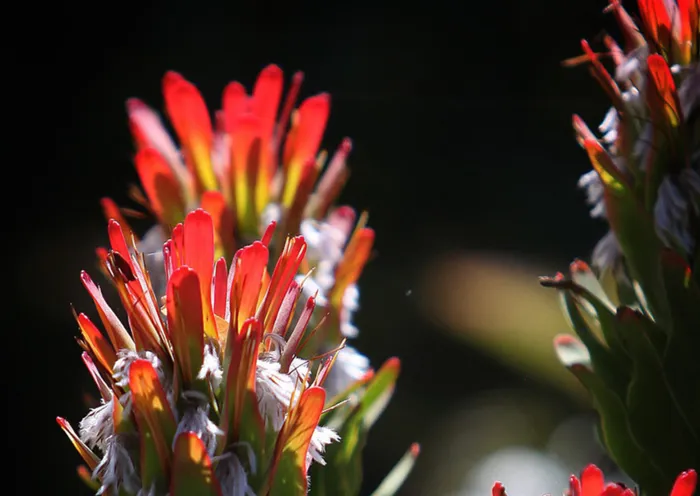Picture and plan a fynbos garden

Mimetes is a typical component of a fynbos garden. Picture: Jason Boud Mimetes is a typical component of a fynbos garden. Picture: Jason Boud
Ericas, heathers, pincushions and blushing brides are water-wise, low-maintenance indigenous fynbos plants that thrive in local gardens. Appreciate their needs and you can slowly convert your garden into a glorious wildlife-friendly fynbos garden.
The word “fynbos” originally referred to a large group of evergreen plants with small, hard leaves, such as ericas, heathers and false heathers. Fynbos usually occurs naturally in areas with poor, sandy soil and with an annual rainfall of more than 250mm.
There are about 7 316 plant species collectively referred to as fynbos, of which almost 5 000 are endemic to the southern and south-western Cape, which means that they occur nowhere else in the world. The pelargonium is our most famous fynbos export, closely followed by bulbs such as sparaxis, nerine, freesia, gladioli and ixia.
Planting time
Now that autumn is on the way, it’s time to picture and plan a fynbos garden. “The cooler temperatures and reduced soil temperatures provide the ideal conditions for establishing a fynbos garden,” says protea expert Odette Weedon from Arnelia Farms.
Why fynbos? “Apart from the fact that it is so beautiful and easy to care for, planting fynbos is one way in which gardeners can help to promote and protect a rich and threatened indigenous flora. Planting fynbos can help to attract birds and butterflies to your garden, as well as other beautiful insects and mammals that have formed an intrinsic bond with fynbos over the centuries,” says Weedon.
The richness of fynbos species leaves one spoilt for choice in terms of what is available to plant in the garden. While proteas, pincushions, blushing bride and leucadendrons should also form the architectural focus of a fynbos garden, consider these plants as support flora depending on the type of garden theme you wish to pursue.
* Country garden: include plants such as agapanthus, wild iris (Dietes grandiflora or D Bicolour), tulbaghia, oxalis, pelargonium, Erica gracilis, buchu, watsonia, chasmanthe, Amaryllis belladonna, crinum, crocosmia, helichrysum, gazania, eriocephalus, barleria, orthosiphon, hemizygia, polygala, podalyria, hypoestes, plectranthus, carpobrotus and fairy crassula (Crassula multicava).
* Tropical garden: for the tropical look, stick to agapanthus, wild iris, oxalis, clivia, crinum, watsonia, plectranthus and hypoestes, and combine with a range of Cape reeds (Restionaceae). The shiny foliage of forest trees can also pick up the tropical feel. Try the bladdernut (Diospyros whyteana), the yellowwoods, Cape beech (Rapanea melanophloeos), milkwood (Sideroxylon inerme) and wild pomegranate (Burchellia bubalina).
Growing tips
Proteas, pincushions and leucadendrons need at least six hours or more sunshine a day. They also like well-drained, slightly acidic soil, so add plenty of acid compost to your planting holes to improve sandy soils and break up clay soils. Avoid adding phosphate to the soil and ensure that there is good drainage. Many of the new cultivars will survive in containers for several years and all cultivars do well in rockeries or raised beds that have good drainage.
Once established, proteas, pincushions and leucadendrons need little attention, but they need to be watered during the dry winter months of the Highveld and during hot weather. A thick mulch of compost, pine bark chips or wood chips is vital during the hot months. - Saturday Star